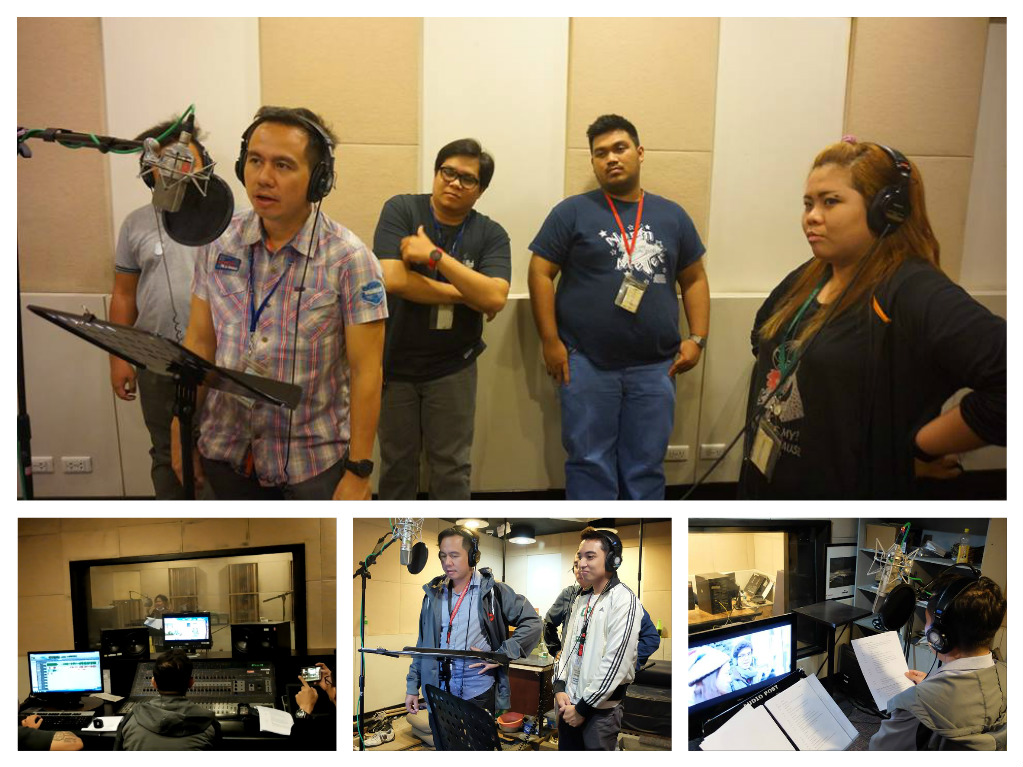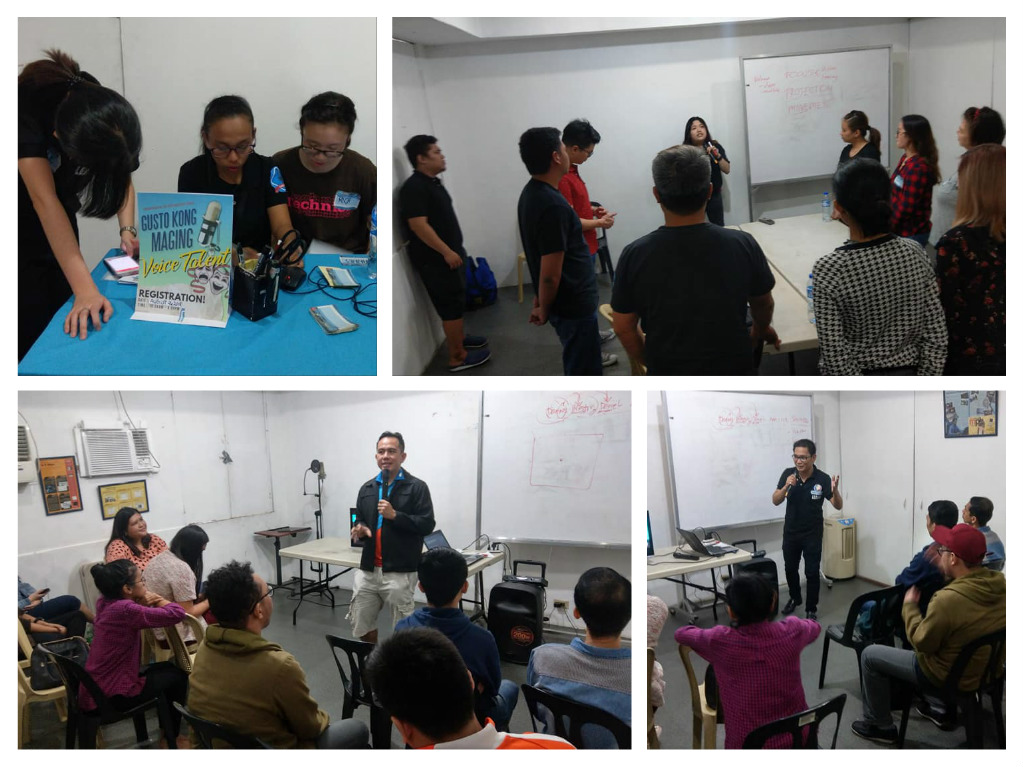30 years ago, there were only dubbed soap operas and anime on local TV. Who could forget – for those of us old enough – Latina TV star Thalia, whom we loved in shows like “Marimar” and “Maria Mercedes”? Or how about the Taiwanese hit TV show “Meteor Garden”? Fast forward to today. With cable TV, online video sharing, and video streaming platforms, we get to watch even more soap operas and anime, plus movies (even Hollywood), e-learning videos, and online videos dubbed in our local language.
This process of translating and dubbing content from one language to another is called LOCALIZATION.

Movie dubbing for cable TV
In the past several years, localization has become a trend in most businesses as a means of expanding to the international market and offering a personalized user experience for their clients. Mobile apps, telephony systems, and even other forms of online content are being localized to adapt to a specific locale or culture. However, out of the many types of content being localized, video is quickly taking a big share of the pie.
No wonder DUBBING is becoming a billion-dollar industry worldwide on its own.
Dubbing – or more properly known (the scientific name, as I would call it) as “Automatic Dialogue Replacement” or ADR – is the post-production process of recording and replacing voices on media such as movies, TV shows, commercials, documentaries, interviews, and even instructional materials. The voices of the actors shown on the screen are replaced by those of different actors who translate the original audio into a different language.
Dubbing has been around even in the early days of film and TV, as early as the 1930’s, when dubbing was primarily used to:
- Remove ambient noise, such as sounds from production equipment, traffic, wind, or other undesirable sounds from the environment (especially if the film is shot on location);
- Correct/change dialogue during post-production to clarify context, remove unintended product endorsements, correct a misspoken line, or take out content for legal reasons; and
- To record singing performance with studio quality, or to provide a “voice double” for actors who are poor vocalists (yup, true story).
Eventually, dubbing has evolved to enable audiences to consume foreign content in their local context. For example, non-English speakers here in the Philippines can watch a Hollywood film in the Filipino language, voices and even accents, and vice versa (our local soap operas are also being translated and dubbed in our neighboring countries in Asia). Because the script is translated, the story gets adapted to match the context from which the audience is watching. And because the dialogue is dubbed, problems with inaudible and hard-to-understand accents are eliminated as well.
Dubbing became a more preferred alternative to subtitles, which audiences may find too tiring to read and may take away attention from the story (Imagine having to sit through a 2-hour film just reading subtitles!). For studios and production houses, dubbing became a more viable and much less expensive option to doing remakes.

Gusto Kong Maging Voice Talent voice acting seminar
My company, Creativoices Productions, is proud to be the leading supplier of Tagalog dubbing for local and international clients. For over a decade, we have translated and dubbed hundreds of films, animation and soap opera for free-to-air and cable channels both here and abroad. We also have international clients for whom we have translated and dubbed commercials, training materials and online videos.
One particular work that we are most proud of is the translation and dubbing for the YouTube channel Filipino Fairy Tales. Since 2016, my team has localized over 100 videos, which have garnered more than 250 million views (and counting). I am proud to say that our work has become popular in homes and schools, where teachers and parents use the stories not only as a way to entertain their kids, but also to instill moral values from classic children’s stories.
What makes me even more proud is the fact that the people behind these projects are students of my school, the Philippine Center for Voice Acting. Not only are we able to provide them with training to master the craft of voice acting and dubbing, but we have also given them the opportunity to be part of such a legacy.
Creativoices Productions offers world-class Tagalog dubbing for all types of media. Contact us at +632 239 6468 or find ‘Creativoices Productions’ on Facebook.
Oh, and as a side note: a portion of this article is an excerpt of my contribution to the sixth edition of the book “The Art of Voice Acting,” written by one of the pillars of the international voice acting community, James Alburger. The book is scheduled to be released first quarter of 2019.
The video below was taken from one of our dubbing sessions. Watch and enjoy!




